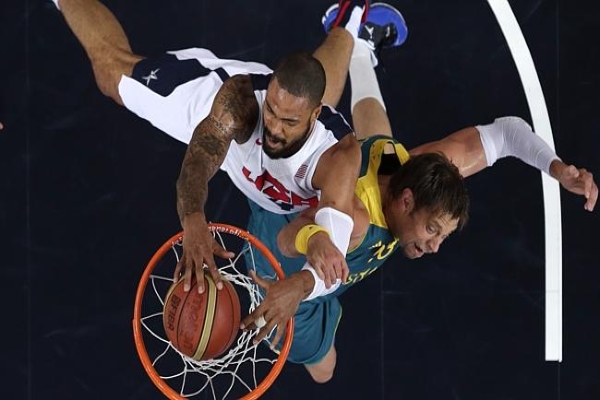Published on the 24/10/2016 | Written by Anthony Caruana

Professional sports have traditionally been managed by former players leaning on years of experience…
That led to approaches to training, tactics and club management based on plenty of gut feel and antiquated thinking.
But a new generation of technology is completely revolutionising sports. Not since the introduction of the instant replay in the US during 1963 have we seen such a monumental shift in the use of technology in sports.
When Oakland As general manager Billy Beane created his ‘moneyball’ system, based on statistical analyses of player performance to drive recruitment to take a flagging team to the cusp of greatness (a championship evaded Beane), he started a movement towards to the use of data-driven, rather than gut feel, decision making. And that has created a thirst for hardware and software to change the way athletes are managed.
Barry McNeill, the COO of Catapult Sports, is at the forefront of that change. He said the last few years of athlete tracking on the field has focused on the use of video cameras. But small wearable devices, placed in a pocket on the back of a player’s jersey can capture 1000 data points per second and feed into systems that give coaches and managers real-time access to player performance.
What’s the benefit? Catapult’s devices can be used to detect when an athlete’s stride is changing. This is a sign of fatigue and can be a precursor to injury. As those changes are imperceptible to the human eye, technology can enhance player welfare which benefits everyone from the team to the fans who don’t want to see the best players injured.
As well as deals with AFL and NRL teams, Catapult recently announced a new deal with the NBL to not only collect data for the basketball teams but present it to fans in the stands using mobile apps.
This is an area stadium operators and sports administrators are keen to explore. Glen McGoldrick, CEO at SportsTG, said technology can be used by stadium operators for everything from better queue management at public toilets to delivering food directly to your seat with ordering and payment handled through an app so you never miss a play.
SportsTG operates a SaaS platform used by sporting codes. Its platform covers everything from entering teams each week to providing fixtures and statistics on players from juniors through to professional levels.
Both SportsTG and Catapult rely on AWS to provide their backend infrastructure. In the case of SportsTG, this is important as its computing needs are elastic. McGoldrick said they have massive peaks on Thursday night, when teams are entered into the platform by coaches and team managers, and Saturdays – when parents and players check fixtures for venues. For the other five days of the week, the systems are at low utilisation.
There are some challenges. With some sports heavily favoured by gamblers, the availability of data could further embolden both legal and illegal betting agencies to offer more betting options.
Sporting codes are unsure about the use of data. For example, what if a team were able to access the opposition’s data and use it to their advantage? And teams are still looking for ways to monetise the data and its potential delivery to fans.
One thing is certain. Many sporting codes are now heavily dependent on television and streaming broadcast rights. With almost every game of every sport now broadcast, there’s a need to bring fans back to the stadiums. These new technologies could be a way to make the stadium experience superior to sitting on a comfy couch.



























